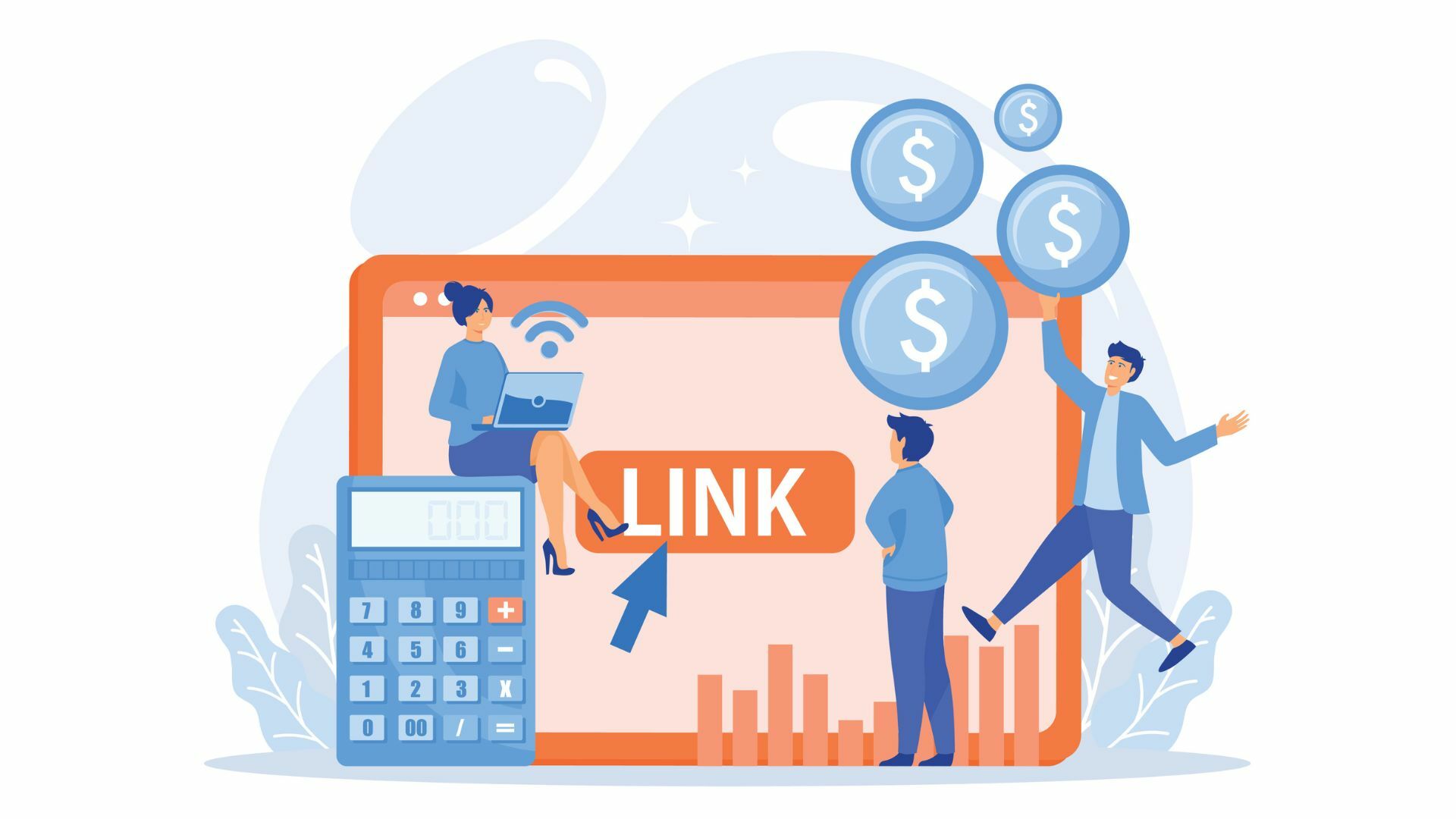In this blog, we will explore the data sources, the role of data, and the challenges faced in data-driven OTT advertising campaigns.
What is OTT?
OTT refers to the delivery of video content and streaming services over the internet, bypassing standard cable or satellite TV providers. OTT platforms provide on-demand access to a wide range of movies, TV shows, and other video content through apps and websites.
Users can stream content on various devices, such as smart TVs, smartphones, tablets, and computers. OTT has revolutionized the way people consume media, offering flexibility and convenience. It has also become a significant platform for advertising, allowing marketers to make use of data to optimize their campaigns.
Understanding OTT Advertising
OTT advertising, often referred to as Connected TV (CTV) advertising, has brought significant changes to the advertising industry. Unlike traditional TV advertising, which is dependent on broad demographics and time slots, OTT advertising leverages the power of data to target specific audiences with precision. This has created opportunities for advertisers to make data-driven decisions and connect with consumers in a more effective way.
Data Sources in OTT Advertising
To understand the role of data in this context, it’s essential to explore the various data sources available to advertisers:
User Behavior
OTT platforms collect extensive user behavior data, including what shows or movies users watch, when they watch, how long they watch, and even the devices they use. This provides valuable insights into individual preferences and viewing habits.
Demographic
Advertisers can access demographic information about users, such as age, gender, location, and household income. This data helps in creating targeted campaigns that resonate with specific audience segments.
First-Party
Brands can use first-party data, which consists of information collected directly from customers. This information could include purchase history, website activity, and more.
Third-Party
Advertisers can also use third-party data sources to learn more about their customers. Data from credit bureaus, social media, and other external sources can be used to improve audience profiles.
Geolocation
Location data is crucial for local targeting. Advertisers can reach viewers based on their physical location, making it ideal for location-specific promotions.
Ad Interaction
OTT platforms can track how viewers interact with ads, such as clicks, conversions, or even partial views. This data enables advertisers to refine their ad creatives and strategies.
The Role of Data in OTT Advertising Optimization
Now that we’ve identified the data sources, let’s delve into the key roles data plays in optimizing OTT advertising campaigns.
Audience Segmentation
Advertisers can segment their audiences using data based on demographics, activities, and interests. Advertisers may personalize their campaigns for individual viewer profiles, delivering more relevant content and driving engagement by better understanding their audience.
Personalization
Brands can develop individualized ad experiences with data, increasing the possibility of viewers responding positively to the message. For example, personalized recommendations have become common in the field of OTT advertising.
Campaign Measurement
Data-driven campaign analytics are essential to examine the effectiveness of their campaigns. Advertisers can track metrics such as reach, impressions, click-through rates, and conversions. These insights help in refining strategies and optimizing ad spend.
Ad Targeting
Data-driven ad targeting ensures that ads reach the right people at the right time. Advertisers can leverage user behavior data to identify when viewers are most active in engaging with ads. This precision reduces ad waste and maximizes return on investment (ROI).
Ad Creative Optimization
Data analysis reveals which ad creation resonates most with the audience. Advertisers can use A/B testing and user feedback to refine their creatives, resulting in more compelling and effective advertisements.
Cross-Device Tracking
In OTT advertising, the ability to track user interactions across many devices is vital. Advertisers may use data to learn how viewers switch between smartphones, tablets, smart TVs, and computers, allowing them to provide a more seamless ad experience.
Retargeting
These data-driven strategies re-engage viewers who have previously interacted with advertisements. Advertisers can design precise retargeting campaigns that boost conversions by studying user behavior and interaction data.
Challenges in Data-Driven OTT Advertising
While data is a powerful tool for optimizing OTT advertising campaigns, it comes with its own set of challenges:
Data Privacy Concerns
Advertisers are confronted with challenges as data privacy standards become more stringent. They need to ensure that they comply with data protection laws and obtain user consent when collecting and using data.
Data Quality
Advertisers must rely on accurate and reliable data sources. Low-quality or outdated data can lead to ineffective targeting and wasted resources.
Data Integration
Bringing data from various sources together can be a difficult task. To streamline this process, advertisers need powerful data integration and management tools.
Data Overload
With so much data available, advertisers may experience information overload at times. It is critical to concentrate on essential data points and avoid getting lost in the data flood.
Conclusion
Data is the driving factor behind campaign optimization in the world of OTT advertising. Advertisers may design tailored, targeted advertisements that interact with audiences on a deeper level by leveraging user activity data, demographic information, and numerous other data sources.
Advertisers can use data-driven tactics to assess campaign success, refine ad creatives, and make informed decisions, thus improving ROI and the overall effectiveness of OTT advertising campaigns.
While data-driven advertising has its problems, the benefits in terms of engagement, personalization, and precision make it an essential tool in the growing world of OTT advertising. The importance of data in the OTT advertising landscape will only grow larger, defining the future of advertising in the digital age.
Blog Last Updated on 2 months by New Path Digital






